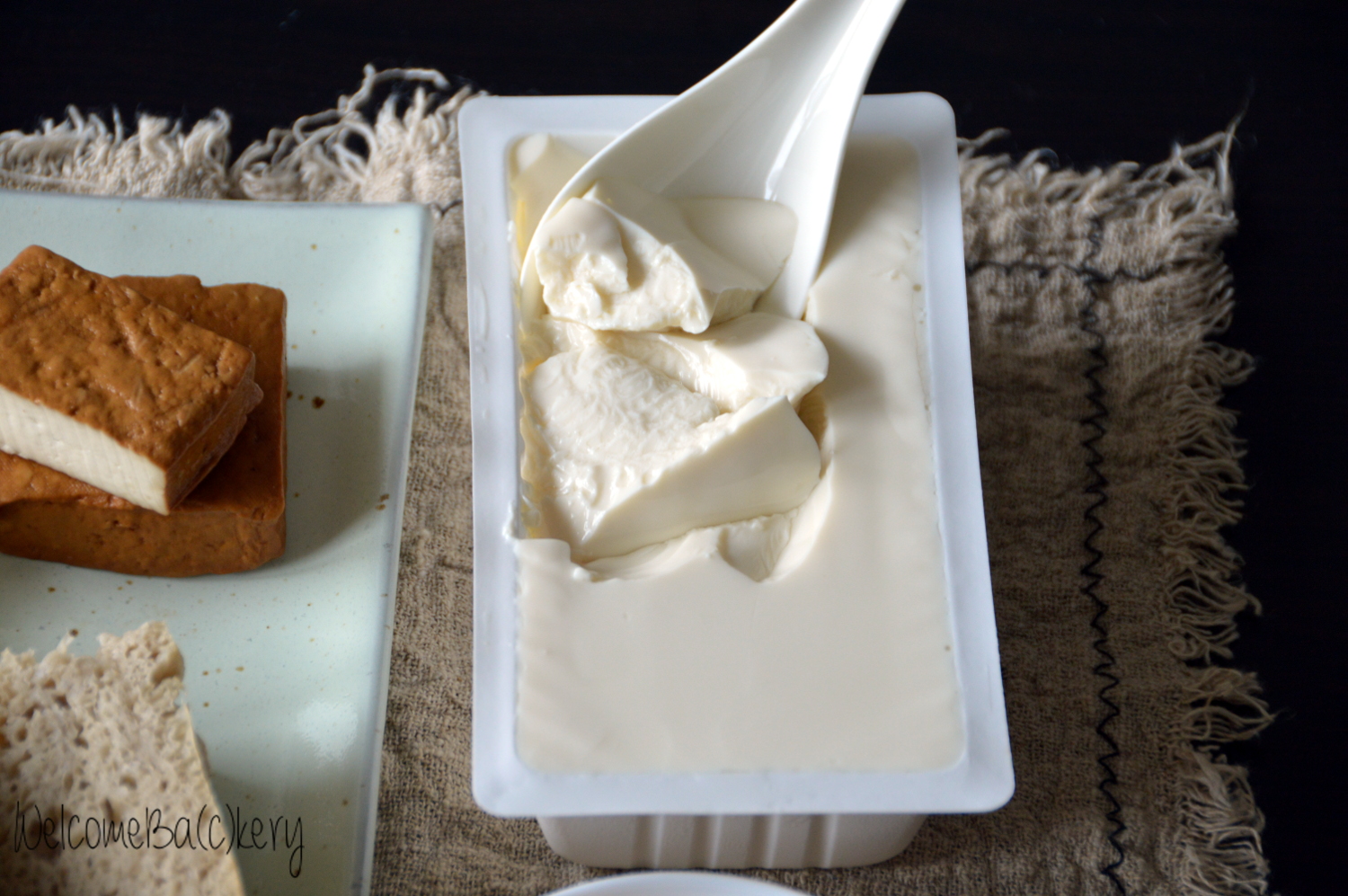
Varieties
The curd tofu can be consumed as it is or subjected to pressing to make it more solid, it can be fermented or flavored with different systems. I’ve already tasted it all the way, because the mini-market near home is very well stocked, I’m curious as a monkey, and sometimes the only way I can understand what I’m buying is to taste. Then in the restaurants there are always inviting recipes that see it as a protagonist or appearance, that you can order with knowledge of the cause or not. But let’s see them in order:
- Silken tofu (dou hua). It is also called flower tofu and is very light, not pressed and its consistency is very similar to that of crème caramel. It can be eaten cold or hot (even directly with a spoon from the container, like I do) and flavored with both sweet and salted toppings.
- Simple white tofu (dou fu, this is where our word “tofu”, crippled). It is a tofu that has been pressed to remove water, so that it keeps its own shape and can be cut with a knife. Its consistency depends on how much water has been removed. It is usually sold in packs with its water, such as mozzarella. It is used mainly for soups or fried. Before using it, it should be scalded in warm salt water to refresh its flavor.
- Solid tofu (dou fu gan). It is still a pressed type which has been removed enough water to obtain an even firmer consistency than simple white tofu. It is used in the preparation of cold or sautéed dishes.
- Smoked tofu (xiang gan). It is produced starting from solid tofu which is subjected to smoking. It therefore assumes a beautiful caramel color on the outside and the taste is very aromatic.
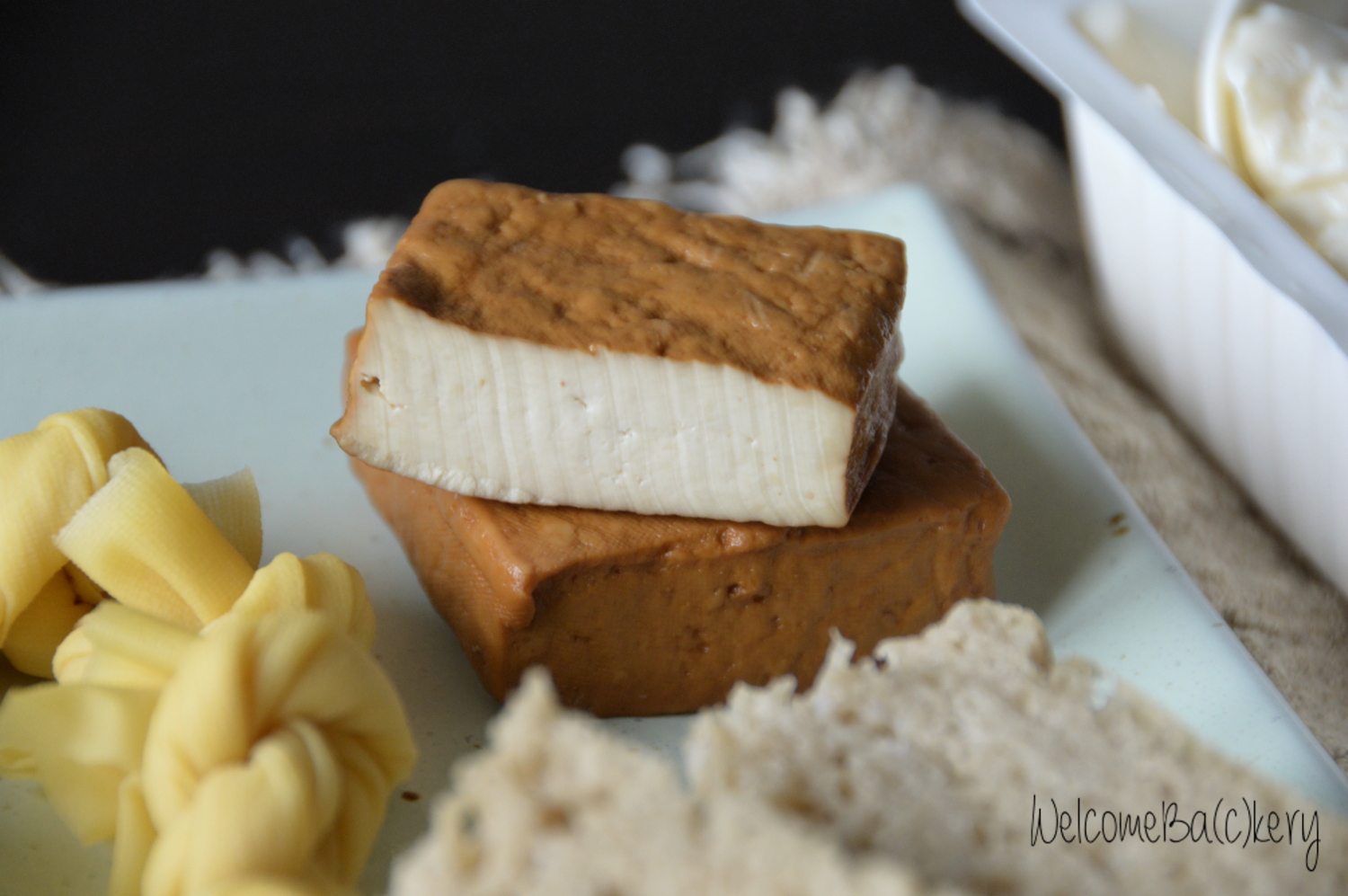
- Spicy tofu (wu xiang dou fu gan). It is solid, made to simmer in a broth flavored with spices.
- Tofu “bamboo” (fu zhou). Also called “dehydrated”, it is produced from the “skin” that is formed during the boiling of soy milk, as happens with cow’s milk. It is particularly rich in proteins. This skin is curled and rolled into sticks and then left to dry. Sometimes it is preserved in the form of knots. It can also be found fresh at the supermarket. To use dehydrated tofu bamboo, just soak it for about an hour in water and then add it to soups or braised.
- Fermented tofu (dou fu ru). It has a strong taste reminiscent of blue cheeses and a creamy and crumbly texture. It is used above all as an flavoring in vegetable dishes or to add a little umami flavor to sauces and marinades. It is sold in cubes in glass jars dipped in brine or spicy oil. It is very used in Shanghai.
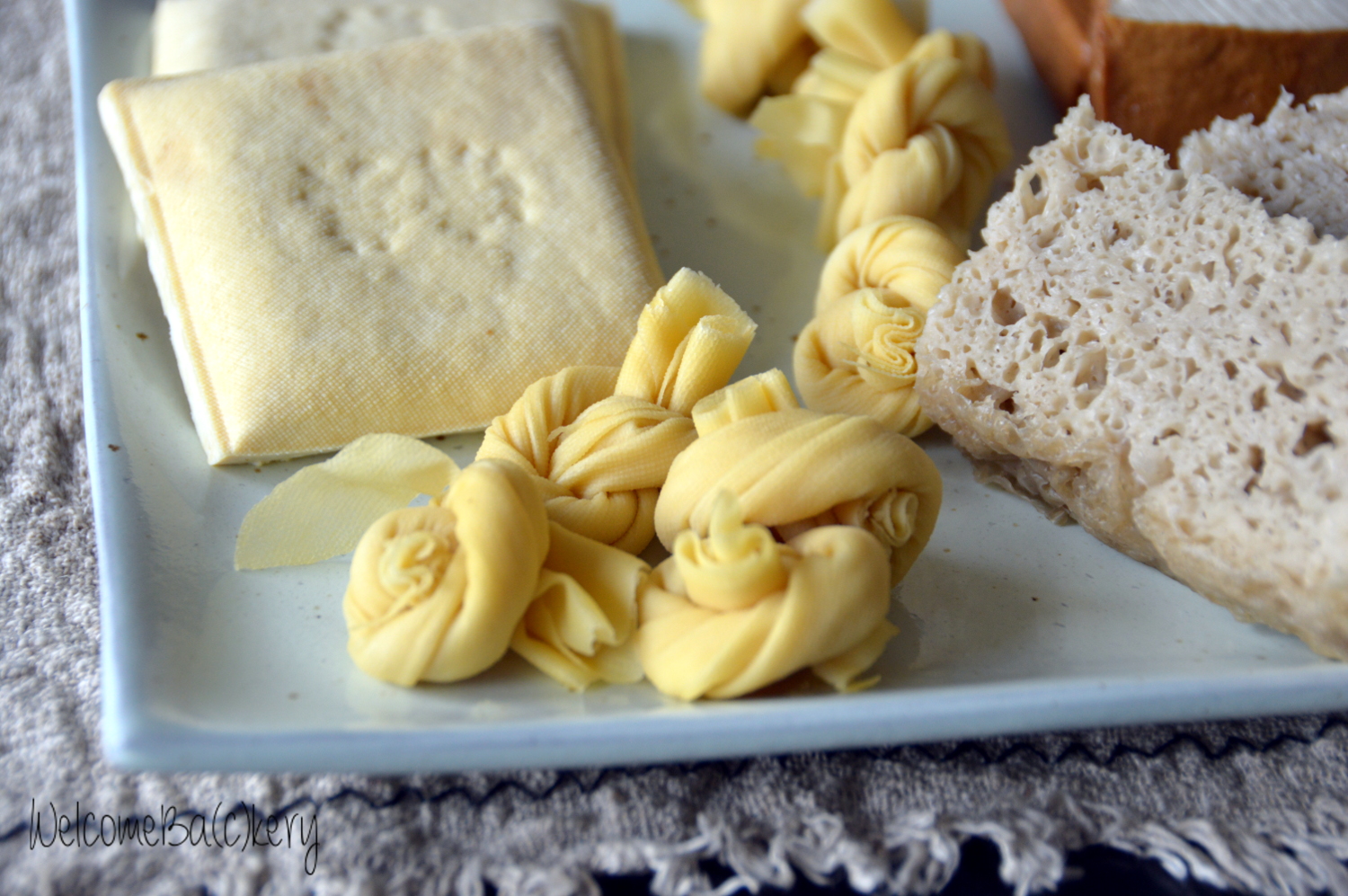
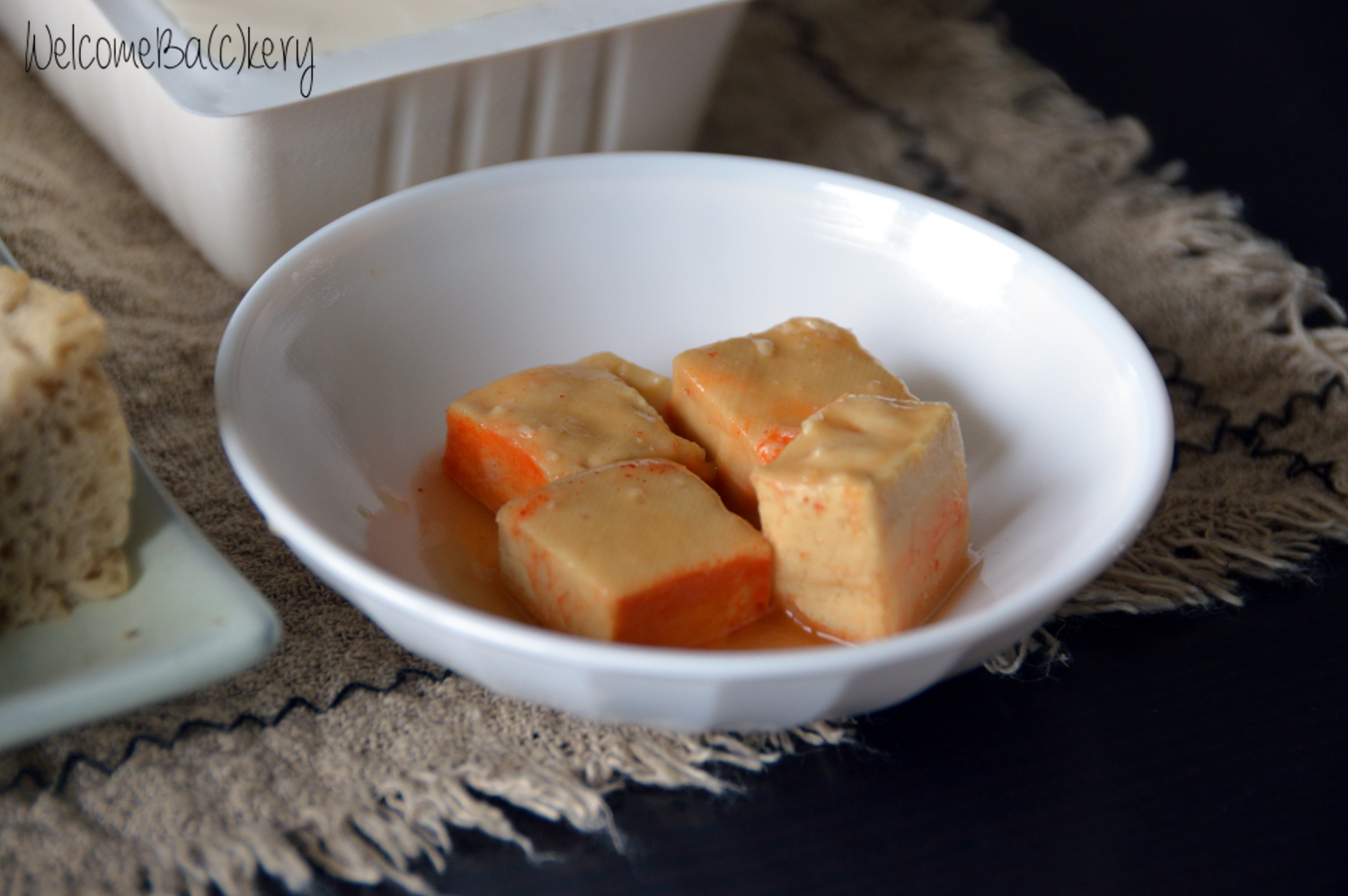
I have learned to appreciate it, to understand when it is of good quality and fresh and to use it often in the dishes that I prepare every day. I use mainly the solid one in all his tastes (the spicy one sautéed with spinach is magical) and the soft one, just curd. I happen to throw some knot in the soup, while I do not particularly like the fermented version.
I hope to have intrigued you a little and to have made you want to re-evaluate this incredible food. In Italy you can find it in stores specialzed in oriental products, you have to be lucky enough to have one near and the desire to go out a bit ‘from the usual street.
I tell you that I’m also gearing up to do it at home, I’ll keep you updated on these pages of course!


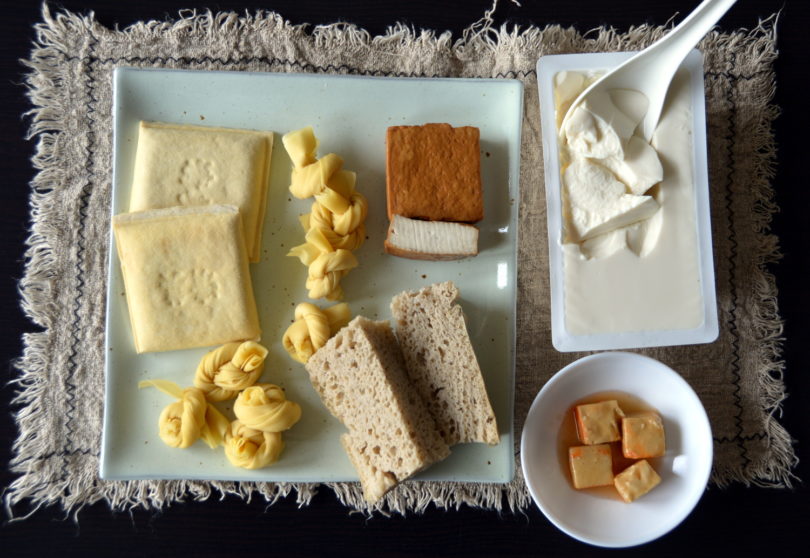


Leave a Reply